
ជីវិតរបស់ភី 2012
Life of Pi 2012
Life of Pi is a 2012 adventure-drama film directed and produced by Ang Lee and written by David Magee. Based on Yann Martel's 2001 novel of the same name, it stars Suraj Sharma, Irrfan Khan, Tabu, Rafe Spall, Gérard Depardieu and Adil Hussain in lead roles.
The storyline revolves around two survivors of a shipwreck who are on a lifeboat stranded in the Pacific Ocean for 227 days. One is a sixteen-year-old Indian boy named Pi Patel (Suraj Sharma) and the other is a ferocious Bengal tiger named Richard Parker.

Film Title and Release Year:
"Life of Pi" was released in 2012, quickly gaining acclaim for its innovative storytelling and visual artistry. The film’s title, directly taken from the novel, refers to the protagonist, Piscine Molitor "Pi" Patel.
Director:
Directed by Ang Lee, known for his versatility and ability to cross cultural and genre boundaries, "Life of Pi" stands as a testament to his directorial prowess.
Lee's previous works include "Brokeback Mountain" and "Crouching Tiger, Hidden Dragon," both of which showcase his range and skill. In "Life of Pi," Lee brings his unique vision to the fore, masterfully adapting a story considered by many to be unfilmable.
Genre:
"Life of Pi" blends elements of adventure, drama, and fantasy. This amalgamation creates a film that is not only a tale of survival but also a meditation on life’s deeper questions.
The film transcends traditional genre boundaries, offering a narrative that is as much a visual experience as it is a profound philosophical journey.
Production Background:

The production of "Life of Pi" was a massive undertaking, involving extensive research and development, particularly in the realm of visual effects.
Filming took place in various locations, including India, Taiwan, and Canada, with some scenes shot in a massive wave tank built specifically for the movie.
The film’s production faced numerous challenges, particularly in realistically portraying the story’s central element, a lifeboat adrift in the Pacific Ocean.
Visual Effects and Cinematography:
One of the most notable aspects of "Life of Pi" is its groundbreaking use of visual effects, particularly in the creation of the Bengal tiger, Richard Parker, who is central to the story.
The tiger was brought to life through a combination of CGI and real-life animal footage, setting a new standard in visual effects.
The film's cinematography, led by Claudio Miranda, is equally remarkable, capturing the vastness and beauty of the ocean and the isolation of Pi's journey.
Storyline and Plot:
In Canada a writer meets Pi Patel, who he has been told would be a good subject for a book. Pi tells the writer the following story:
Pi's father names him Piscine Molitor Patel after Piscine Molitor, a famous French swimming pool. In secondary school in Pondicherry, he adopts the Greek letter "Pi" as his nickname to avoid bullying.
He is raised in a polytheistic Hindu family, but at 12 years old, he is introduced to Christianity and then Islam, and decides to follow all three religions as he "just wants to love God".
Pi's mother supports his desire to grow, but his rationalist father tries to secularize him. Their family owns a zoo, and Pi takes interest in a Bengal tiger named Richard Parker.
After he gets dangerously close to Richard Parker, his father forces him to witness it killing a goat.
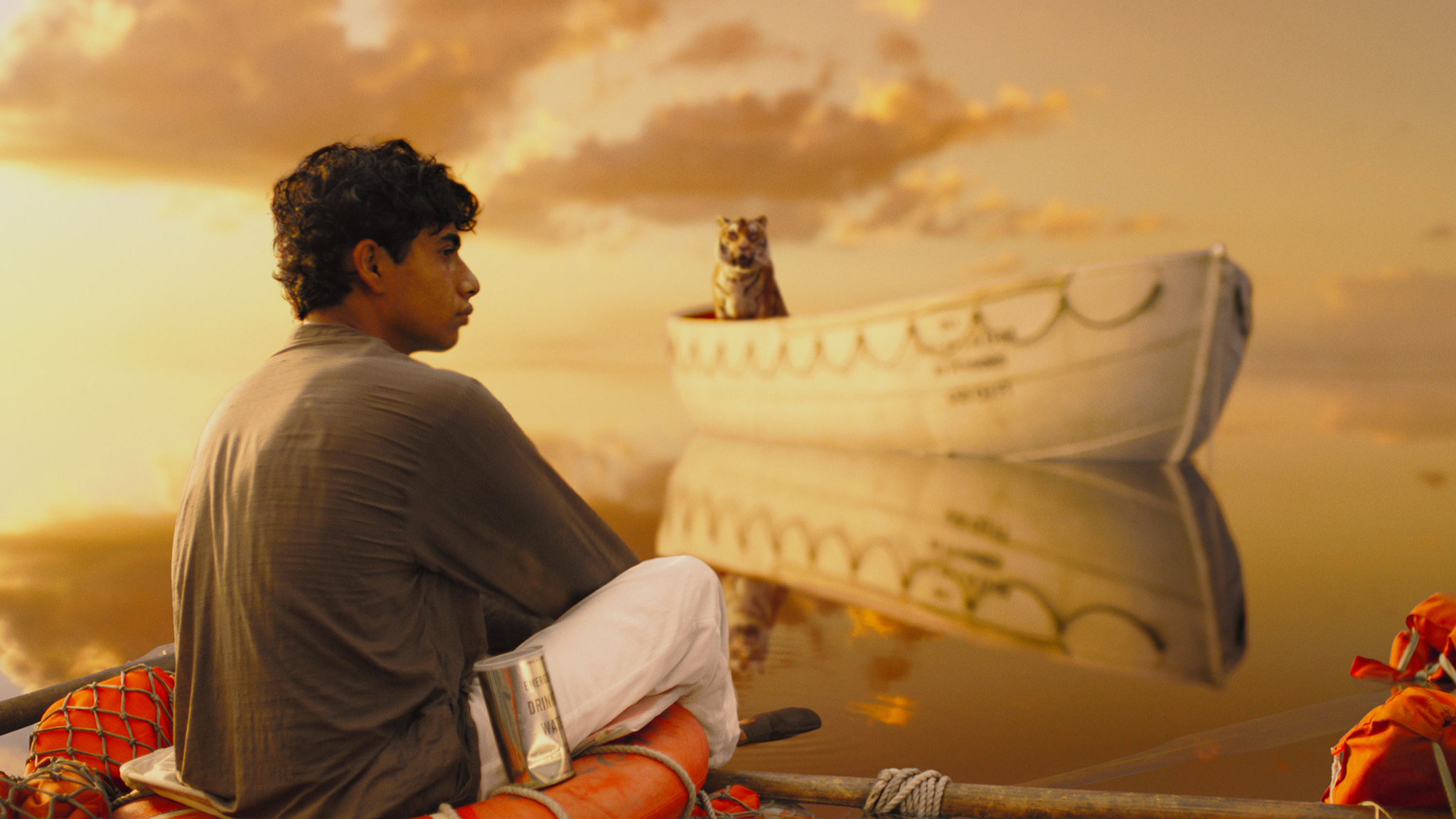
When Pi is 16, his father announces that due to "The Emergency", they must move to Canada, where he intends to settle and sell the animals. The family books passage with the animals on a Japanese freighter.
During a storm, the ship founders while Pi is on deck. He struggles to find his family, but a crewman throws him into a lifeboat. A freed plains zebra jumps onto the boat with him, breaking its leg. The ship sinks into the Mariana Trench, drowning his family.
After the storm, Pi awakens in the lifeboat with the zebra and is joined by a bornean orangutan. A spotted hyena emerges from under a tarpaulin, forcing Pi to retreat to the end of the boat. The hyena kills the zebra and later the orangutan. Richard Parker suddenly comes out from under the tarpaulin, killing the hyena before retreating back to cover.
Pi fashions a small raft which he tethers to the lifeboat to be safe from Richard Parker. Despite his moral code against killing, he begins fishing, enabling him to sustain the tiger.
When the tiger jumps into the sea to hunt for fish and then swims toward Pi, he considers letting him drown, but ultimately helps him into the boat.
One night, a humpback whale destroys the raft and its supplies. Pi trains Richard Parker to accept him in the boat and realizes that caring for the tiger is helping to keep himself alive.

Weeks later, they encounter a floating island. It is a lush jungle of edible plants, freshwater pools and a large population of meerkats, enabling Pi and Richard Parker to eat, drink and regain strength. At night, the island transforms into a hostile environment.
Richard Parker retreats to the lifeboat while Pi and the meerkats sleep in the trees; the water pools turn acidic. Pi deduces that the island is carnivorous after finding a human tooth embedded in a flower.
Pi and Richard Parker leave the island, reaching Mexico after over 200 days at sea. Pi is heartbroken that Richard Parker does not acknowledge him before disappearing into the jungle.
While he recovers in a hospital, insurance agents for the Japanese freighter company interview him, but do not believe his story and ask what really happened, specifically concerning why the ship sank.
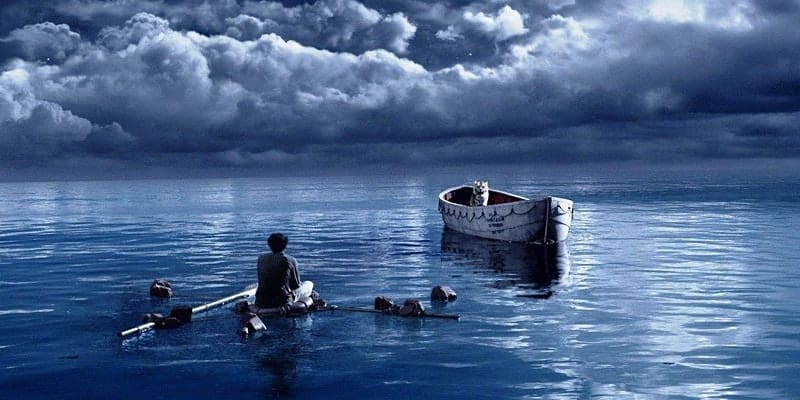
So Pi retells the story, in which the animals are replaced by humans: his mother for the orangutan, an amiable Buddhist sailor for the zebra, the ship's brutish cook for the hyena, and Pi himself for Richard Parker. The cook kills the sailor and feeds on his flesh.
He then kills Pi's mother, after which Pi kills him and uses his remains as food and fish bait. The insurance agents are dissatisfied with this story but leave without questioning him further.
When the writer recognizes the animal story may be an allegory for the human story, Pi says that it does not matter which story is true because his family died either way, and neither story provides the explanation the insurance company wanted. He asks which story the author prefers, and the author chooses the first, to which Pi replies, "and so it goes with God".
Glancing at a copy of the insurance report, the writer reads that Pi survived his adventure "in the company of an adult Bengal tiger."
Themes and Philosophical Undertones:
"Life of Pi" explores themes of faith, survival, and the human spirit. The film raises profound questions about the nature of reality, the power of belief, and the essence of storytelling itself.
Pi’s journey is not just a fight for survival but also a spiritual odyssey that explores different religious philosophies and the concept of coexistence with nature.

Reception and Awards:
The film received widespread critical acclaim for its storytelling, visual effects, and direction. It was particularly lauded for successfully adapting a complex novel into a visually captivating and emotionally engaging film.
"Life of Pi" won several awards, including four Academy Awards: Best Director for Ang Lee, Best Cinematography, Best Visual Effects, and Best Original Score.
Cultural Impact:
"Life of Pi" had a significant cultural impact, prompting discussions about faith, storytelling, and the boundaries of film as a medium. It stands as a powerful example of how cinema can explore complex themes while providing a visually extraordinary experience.
In conclusion, "Life of Pi" (2012) is a cinematic marvel that combines technical innovation with a deeply engaging narrative.
Ang Lee's direction and the film's visual mastery make it a landmark film in the realm of visual storytelling. It is not just a tale of survival against the odds but also a philosophical exploration of life's most profound questions, making "Life of Pi" a memorable and timeless piece of cinema
- ពេលវេលា: ១២៧ នាទី។
- នាយក: Ang Lee
- ប្រទេស: United States , United Kingdom , Taiwan
- ប្រភេទ: ដំណើរផ្សងព្រេង , ស្រមើស្រមៃ , ល្ខោន
- ចេញផ្សាយ: 2012
- IMDB: 7.9/10
- តារាសម្ដែង: Suraj Sharma , Irrfan Khan , Ayush Tandon , Gautam Belur , Adil Hussain , Shravanthi Sainath , Vibish Sivakumar , Jag Huang

 Cambodian
Cambodian
 Arabic
Arabic
 Bosnian
Bosnian
 Bulgarian
Bulgarian
.svg.png) Burmese
Burmese
 Chinese
Chinese
 Croatian
Croatian
 English
English
 Espana
Espana
 Estonian
Estonian
 Filipino
Filipino
 Finnish
Finnish
 French
French
 Georgian
Georgian
 German
German
 Greek
Greek
 Hebrew
Hebrew
 Hindi
Hindi
 Hungarian
Hungarian
 Indonesian
Indonesian
 Japanese
Japanese
 Korean
Korean
 Latvian
Latvian
 Malaysian
Malaysian
 Mongolian
Mongolian
 Netherlands
Netherlands
 Pakistani
Pakistani
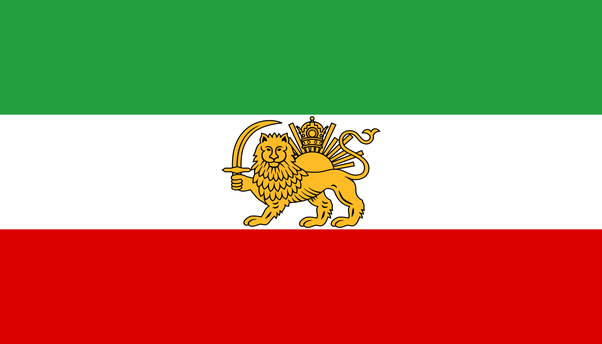 Persian
Persian
 Portuguese
Portuguese
 Russian
Russian
 Slovak
Slovak
 Slovenian
Slovenian
 Tamil
Tamil
 Thai
Thai
 Turkish
Turkish
 Vietnamese
Vietnamese
















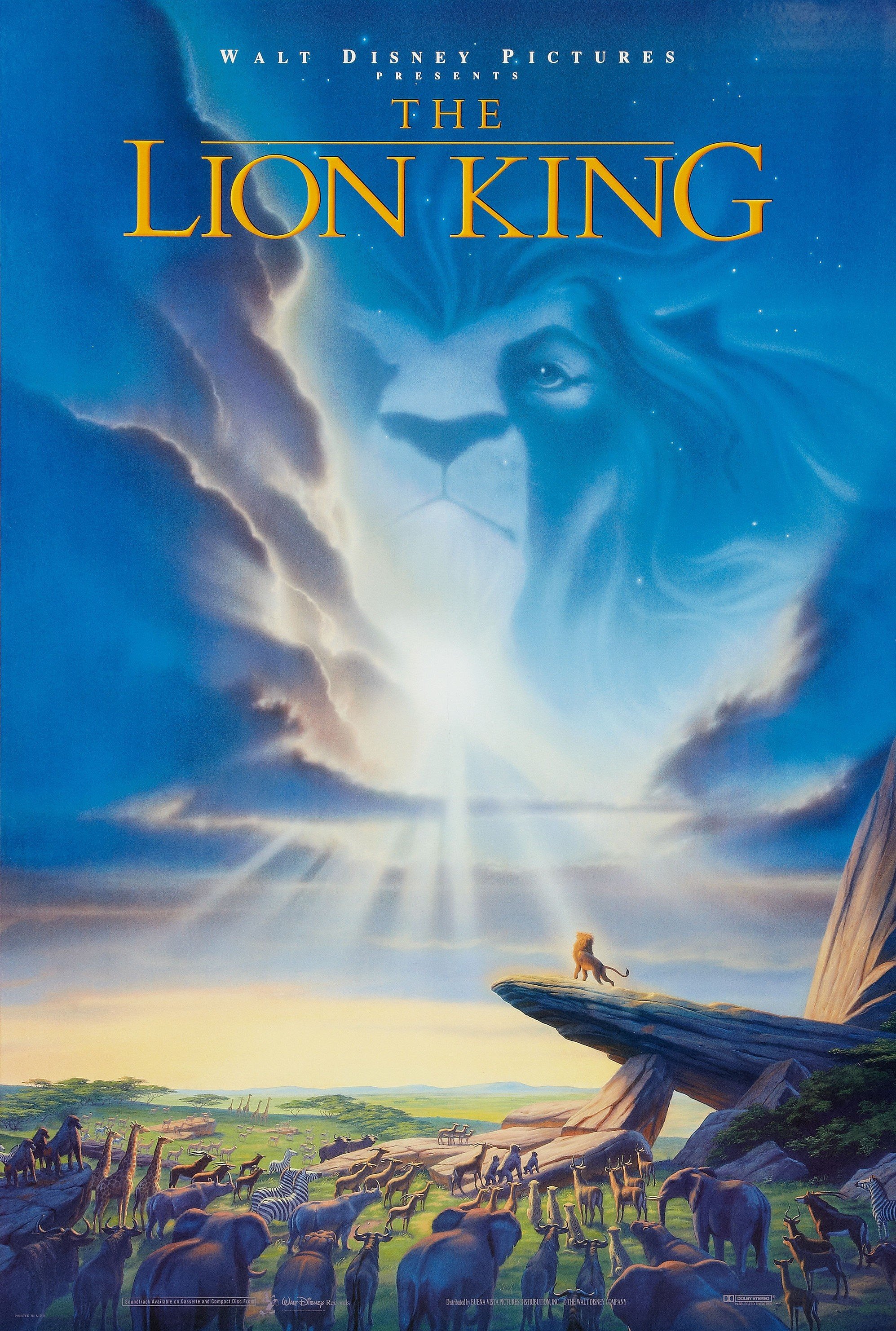











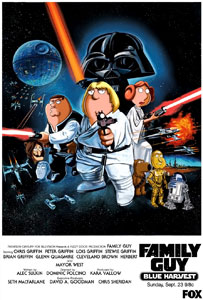

.jpg)
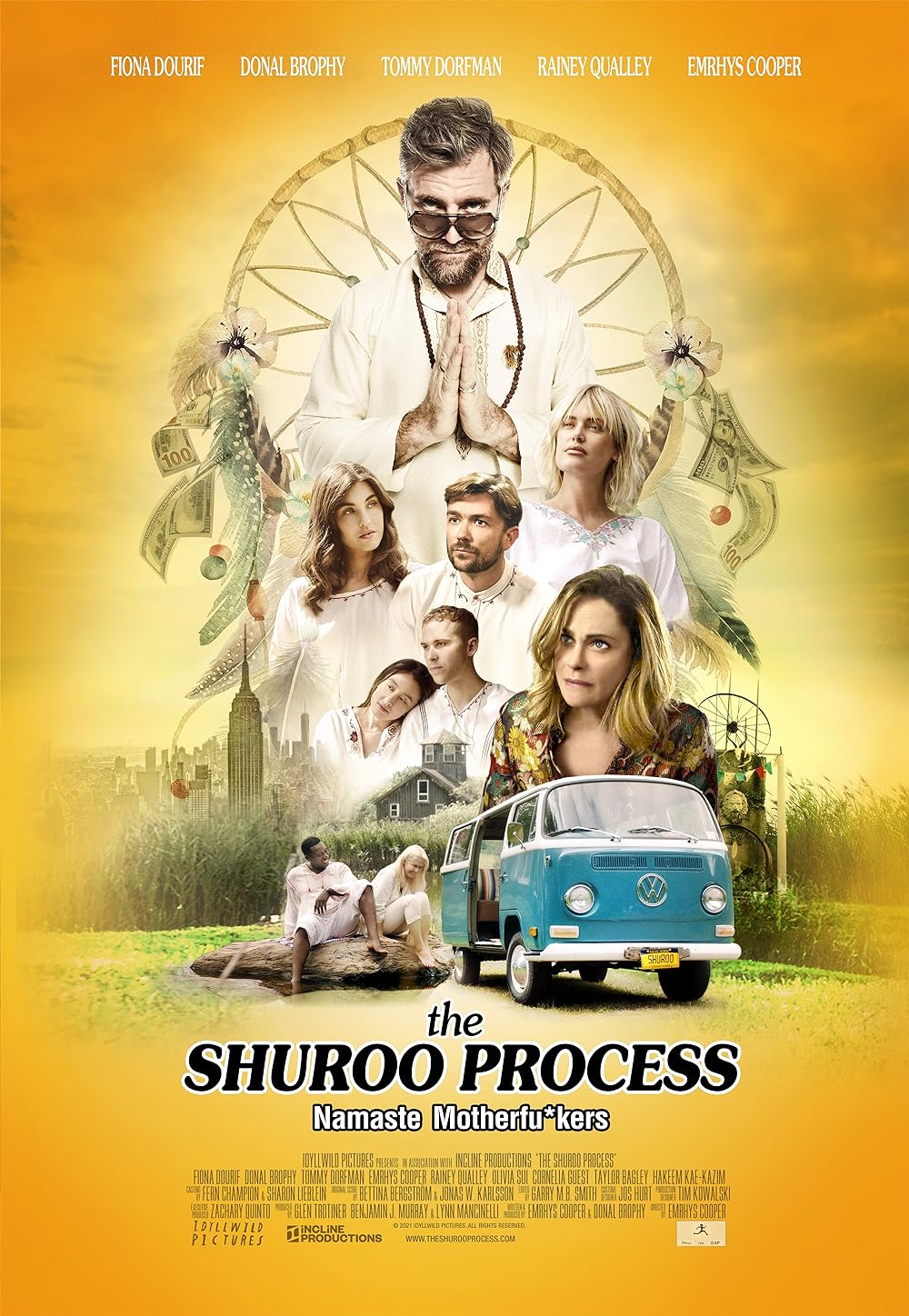







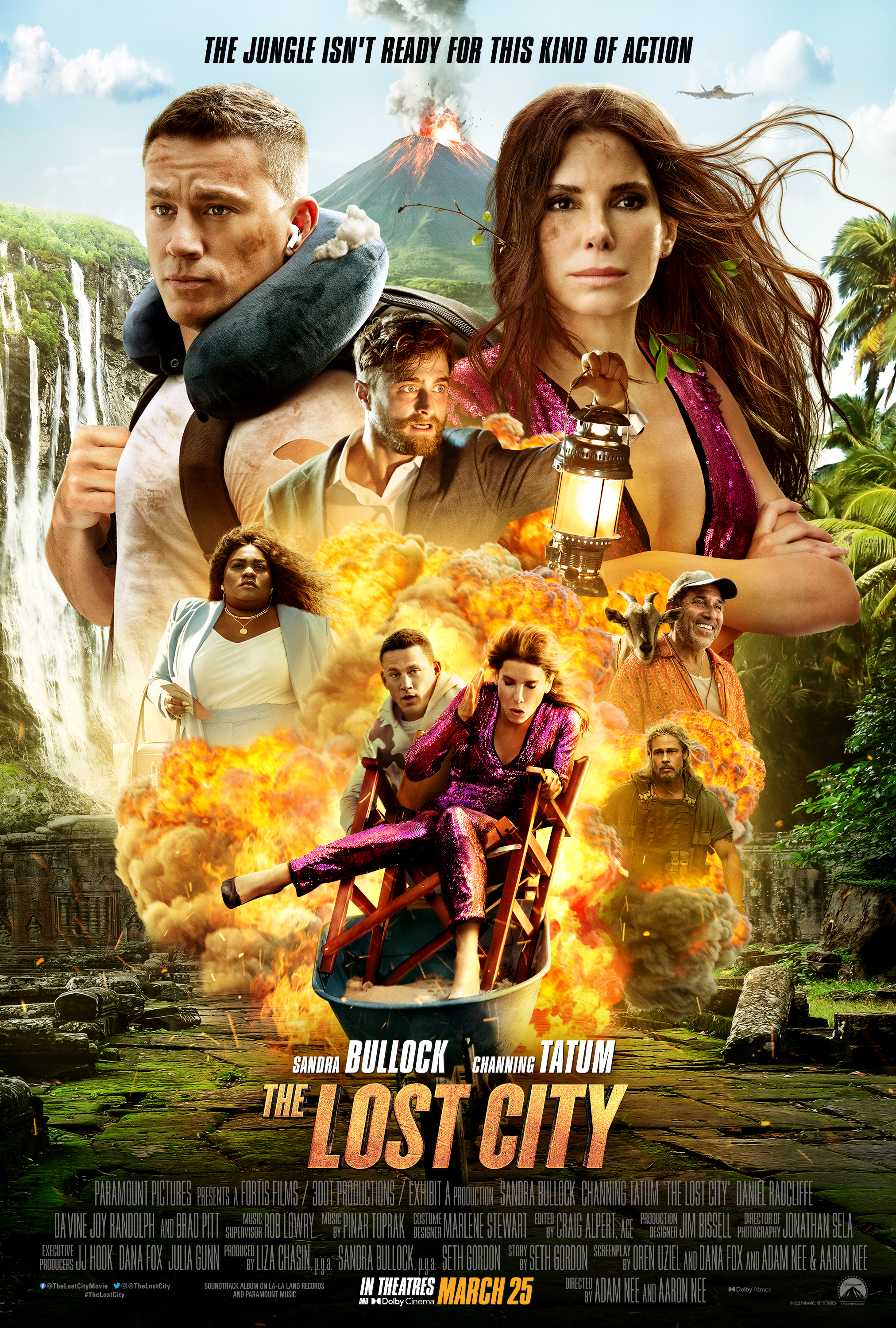

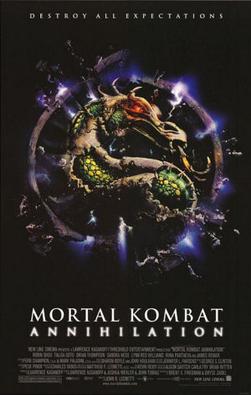


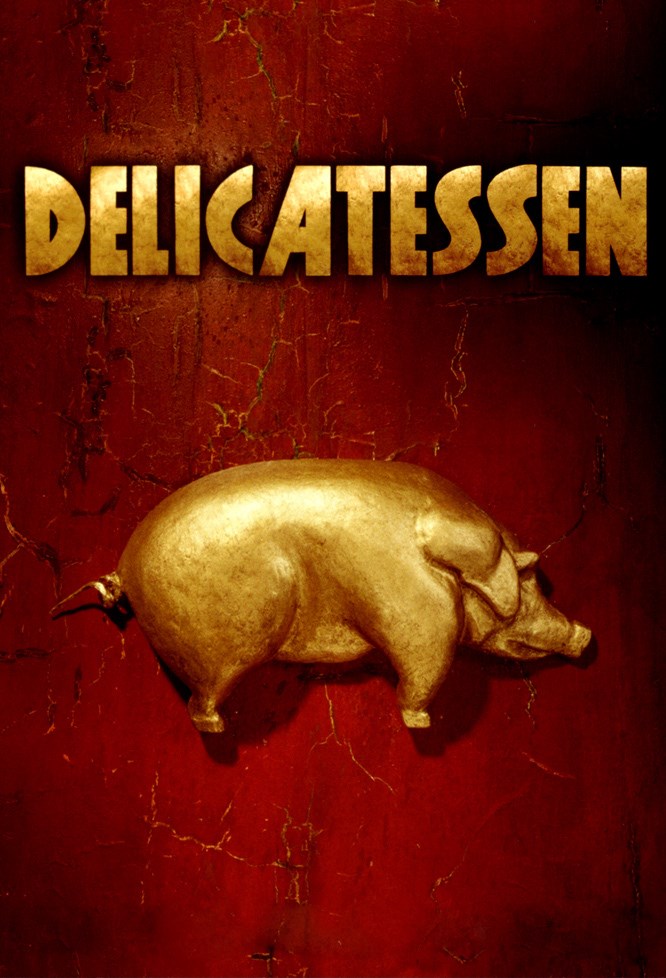


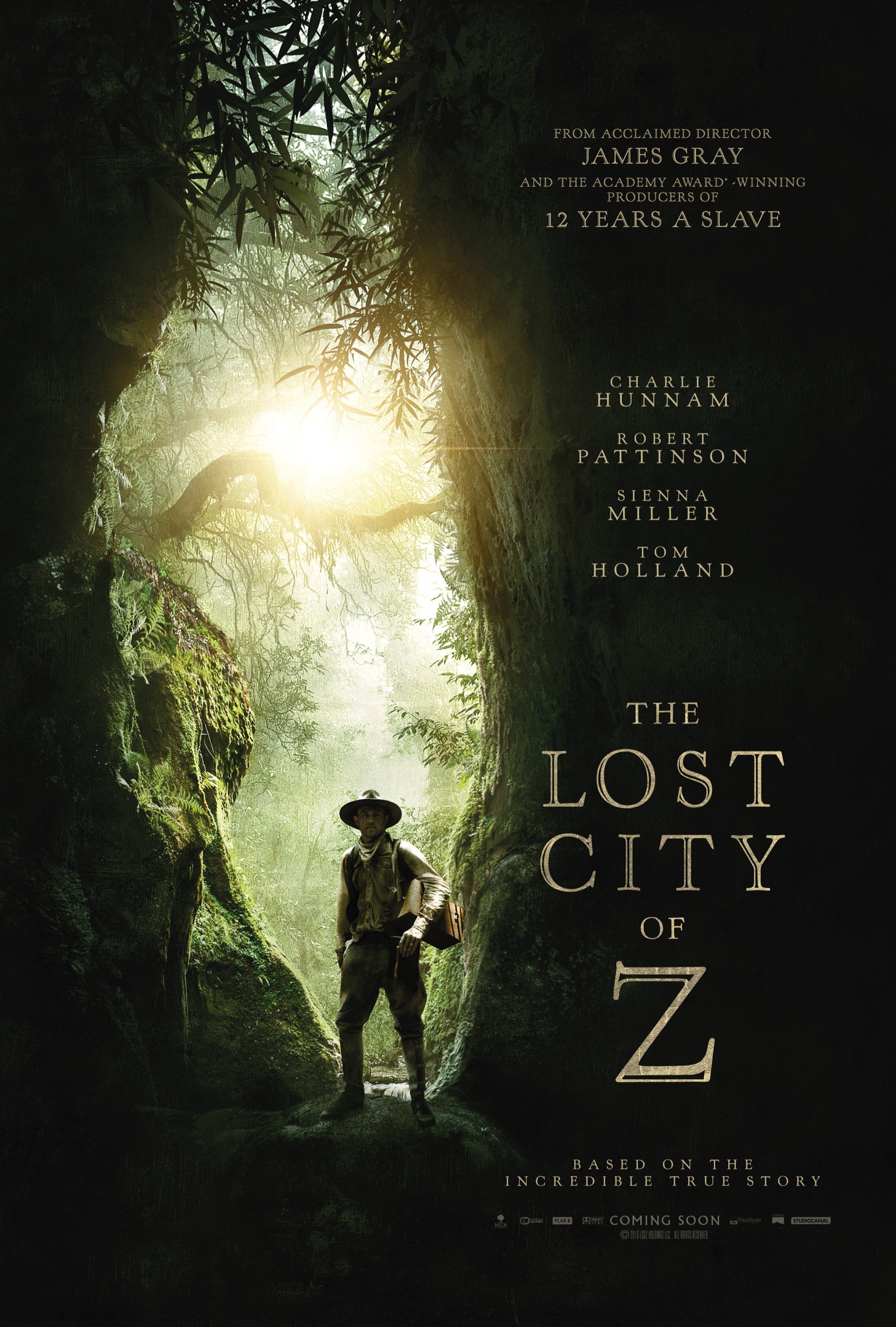


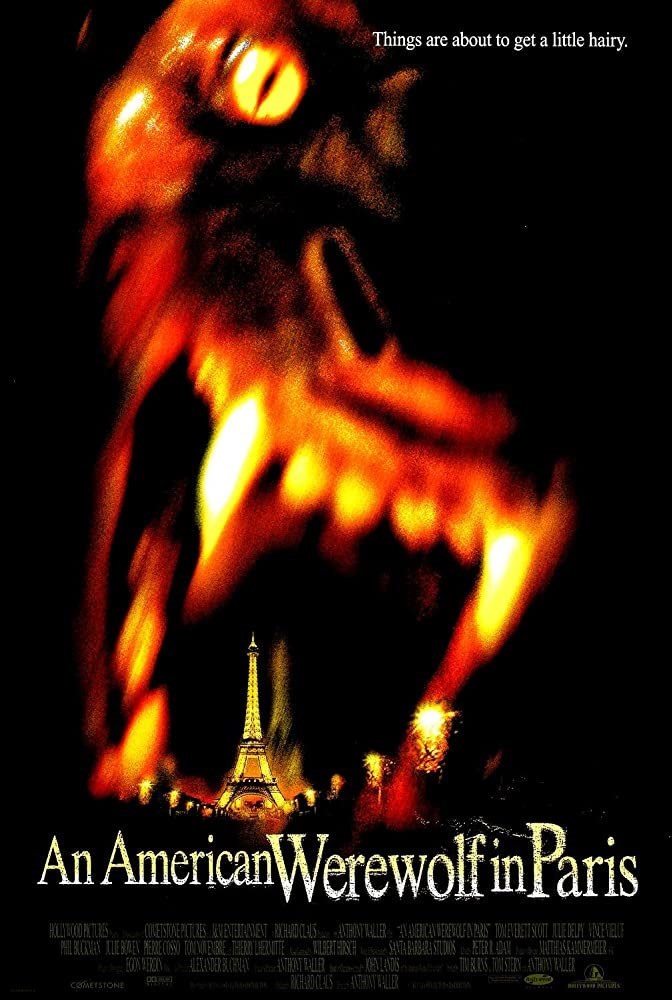





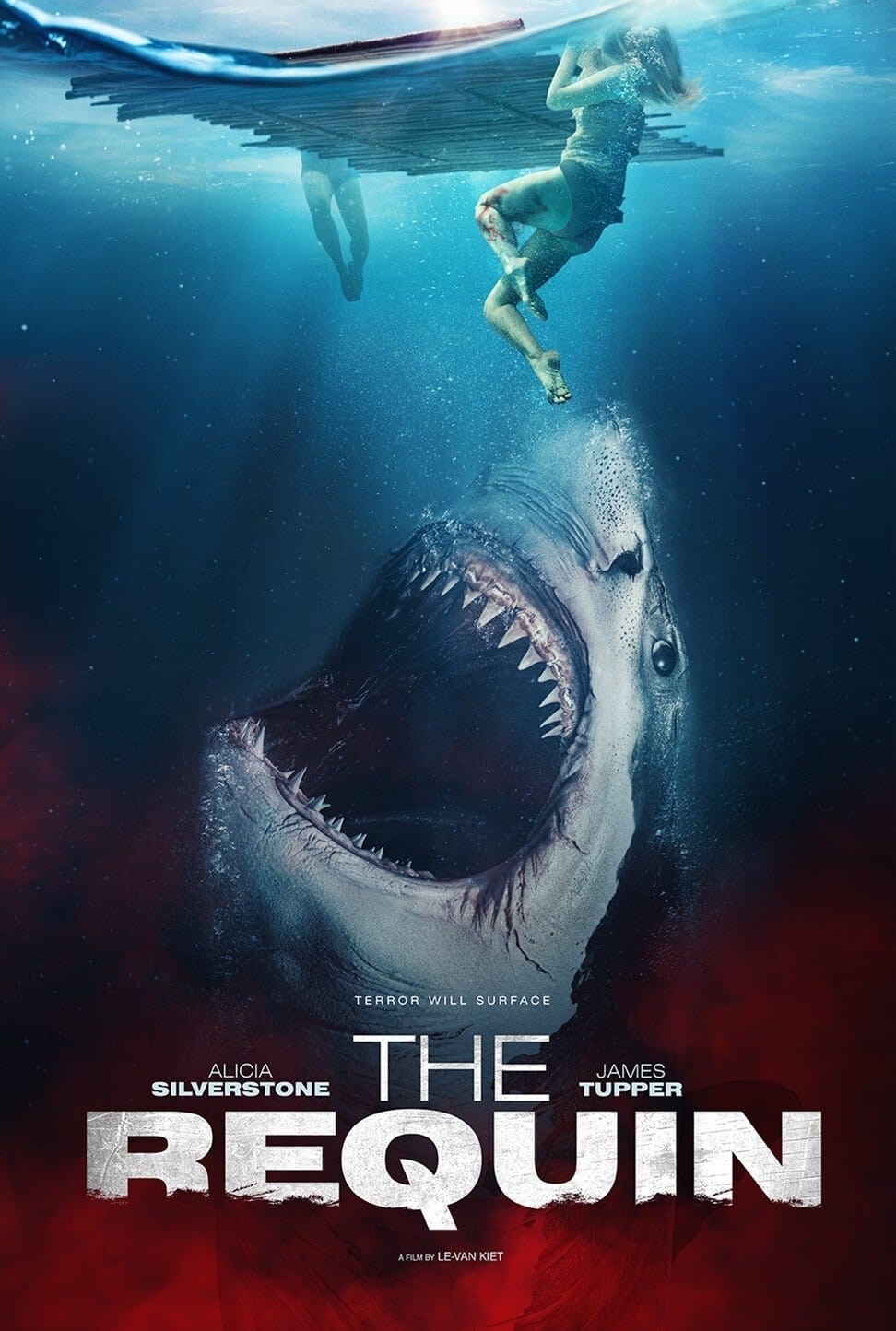

មតិយោបល់